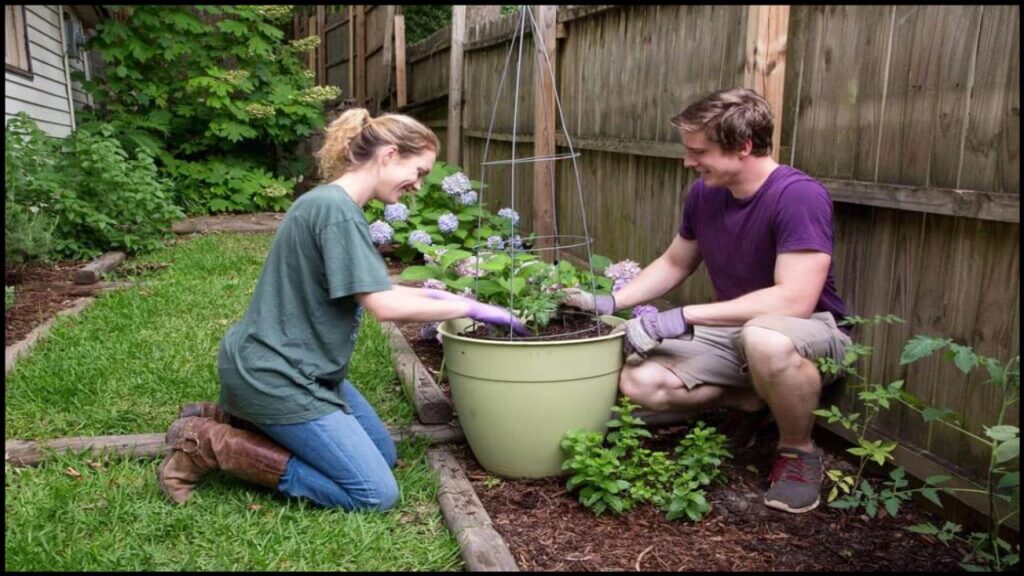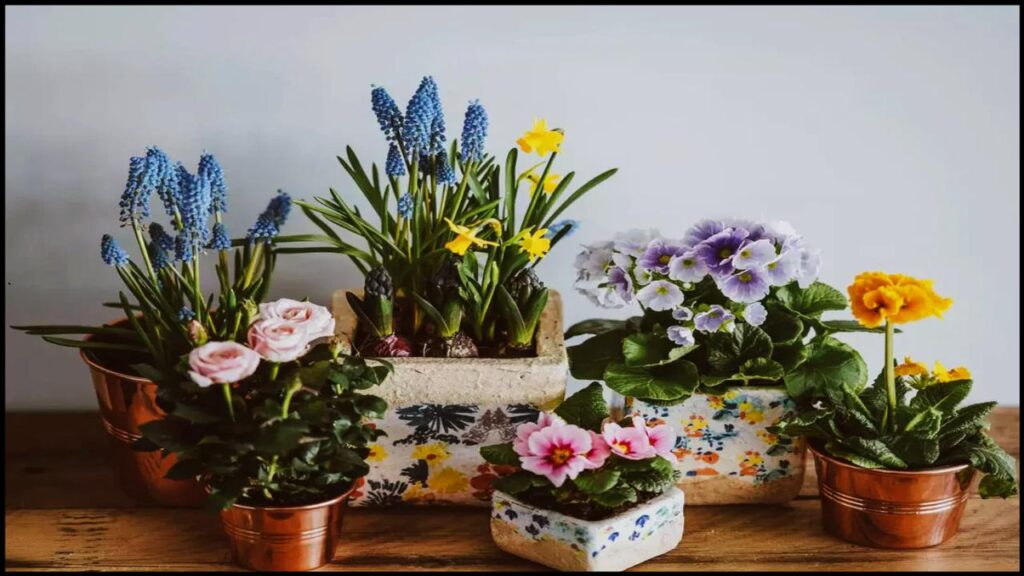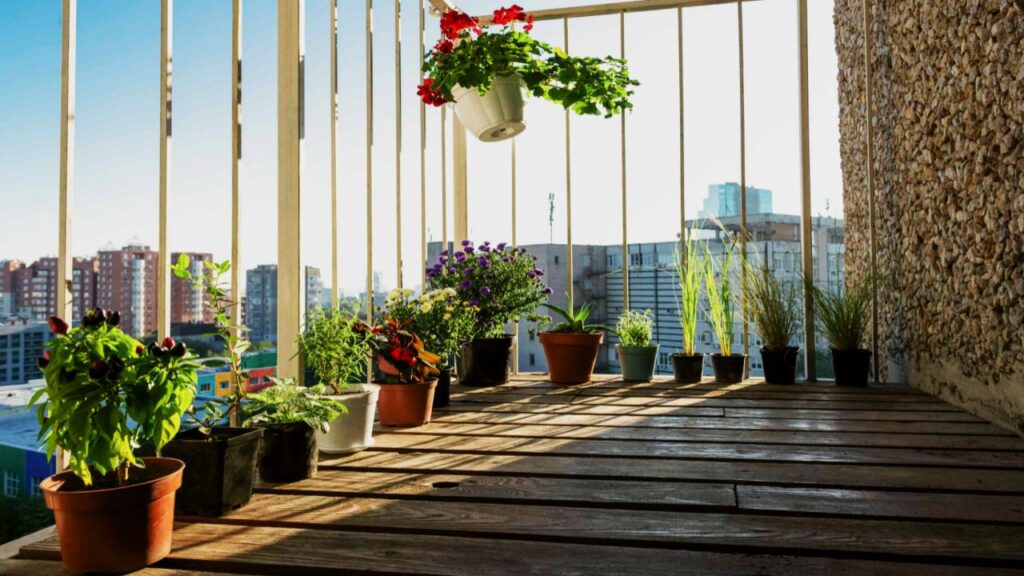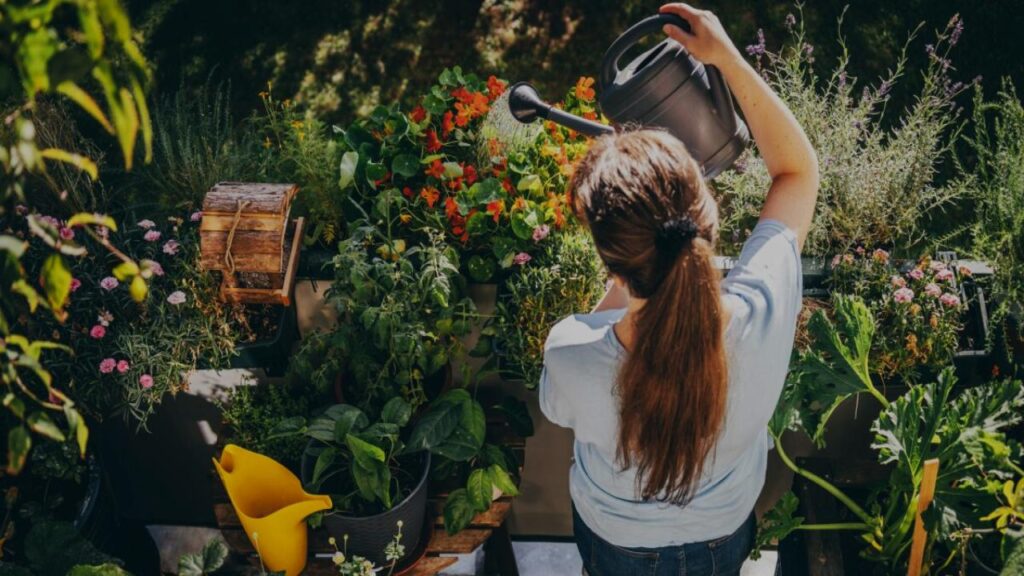Moving your indoor plants outside this spring can supercharge their growth—but if you skip one critical step, they might burn out—literally. The biggest rookie mistakes. Putting plants straight into full sun without easing them in.vThis is what plant lovers call the acclimation process—a slow and careful move to get your houseplants used to the outdoor world. Just like humans don’t go from the couch to a marathon in a day, plants need time to adjust too.

Why Acclimation Is Non-Negotiable
When indoor plants are placed directly under the harsh outdoor sun, their leaves can scorch, bleach, and crisp up. Indoors, they’re spoiled with steady temps and gentle light. Outdoors? It’s a wild ride—UV exposure, wind, rain, pests… even squirrels.
Signs your plant is stressed include:
- Leaves turning white or yellow (sunburn)
- Drooping or wilting despite regular watering
- Crispy edges or leaf drop
- Sudden halt in new growth
Let’s break down how to make the move smooth and safe.
Step-by-Step: Safely Moving Plants Outside
Step 1: Wait for Warm Nights
Do not rush. Wait until overnight temps are above 50°F (10°C). Cold snaps can severely shock tropical species like Calatheas or Fiddle Leaf Figs.
Step 2: Start in Full Shade
Begin by placing plants in complete shade for 1–2 hours daily for the first few days. This lets them adjust to wind, temperature swings, and outdoor humidity.
Gradually increase their exposure to indirect light, then filtered sunlight (like under a tree or porch), and finally full sun—if they can tolerate it.
Step 3: Monitor Soil Moisture
Outdoor air dries soil faster. Water deeply but make sure pots have drainage holes. Never let your plant sit in soggy soil—it’s a fast track to root rot.
Check moisture by sticking a finger 1–2 inches into the soil.
Step 4: Block Wind and Heavy Rain
Strong gusts can snap delicate stems. Rain can flood your containers. Shield your pots behind walls or railings. Use plant stands with trays to elevate pots and avoid puddling.
Step 5: Guard Against Bugs and Pests
Once outside, it’s bug city. Inspect plants regularly for aphids, mealybugs, spider mites, and slugs.
If needed, spray neem oil or a mild soap solution once a week. Always check before bringing plants back indoors.
Best Indoor Plants That Love the Outdoors in Spring

You don’t need a fancy greenhouse to go green. These common houseplants love spring weather when transitioned correctly:
| Plant Name | Outdoor Preference | Notes |
|---|---|---|
| Pothos | Partial sun | Great starter plant. Low maintenance. |
| Areca Palm | Indirect to filtered sun | Loves humidity, safe for pets. |
| Snake Plant | Partial to full sun | Can tolerate a wide range of light. |
| Boston Fern | Indirect sun | Needs humidity—mist often outdoors. |
| Jade Plant | Bright direct sun | Let dry between watering. |
| Spider Plant | Dappled or filtered sun | Prefers bright but not harsh sun. |
Balcony, Patio & Apartment Tips

Not everyone has a backyard. If you’re in an apartment or high-rise:
- Use rolling plant caddies to move pots around for sun.
- Group plants to create microclimates and reduce drying.
- Use UV-filtering shade cloth if you get strong afternoon sun.
- Avoid placing directly near AC exhaust vents or rooftop heat zones.
Outdoor Potting Soil Checklist
Before you re-pot or refresh soil:
- Choose well-draining soil
- Mix in perlite or pumice for airflow
- Add compost or worm castings for nutrients
- Avoid dense clay or topsoil—it compacts easily
If the plant is rootbound (roots circling the pot), it’s time to repot with fresh soil.
Safety Note: Watch for Toxicity (Especially If You Have Pets)
Some indoor plants like peace lilies, pothos, philodendrons, and ZZ plants are toxic to cats and dogs.
If your outdoor space is accessible to pets, place toxic plants on elevated surfaces, hanging baskets, or inside pet-free zones.
Quick Care Download: Spring Outdoor Checklist for Houseplants
Before moving outdoors:
- Nighttime temps above 50°F
- Acclimate with 1–2 hours of shade daily
- Increase light over 7–10 days
- Monitor moisture and drainage
- Check for pests weekly
- Fertilize every 2–4 weeks
- Shelter from wind and rain
Expert Insight

“Acclimation isn’t optional. It’s essential if you want your houseplants to survive outdoors. Treat it like training for a marathon—you’re building resilience step-by-step.”
— Jana Milner, Horticulture Coach, GreenSprout Gardens
